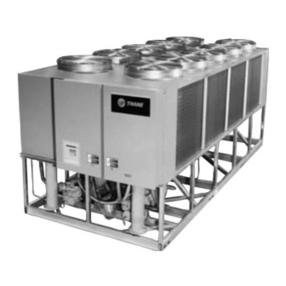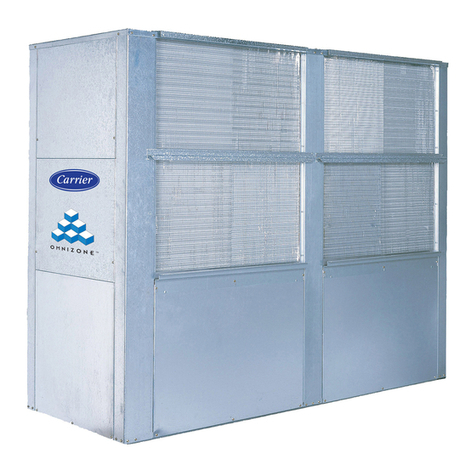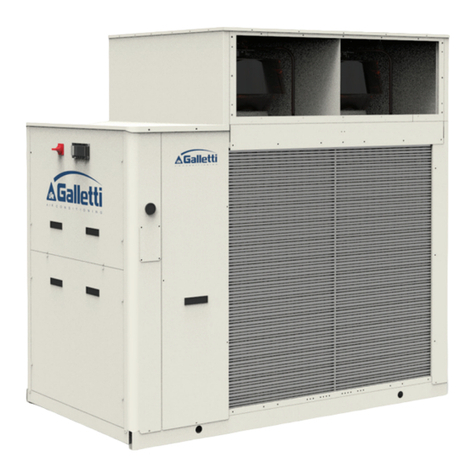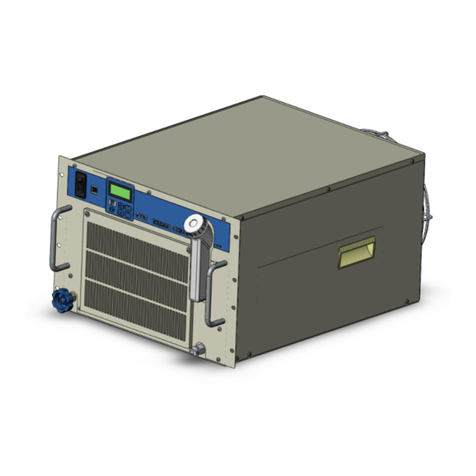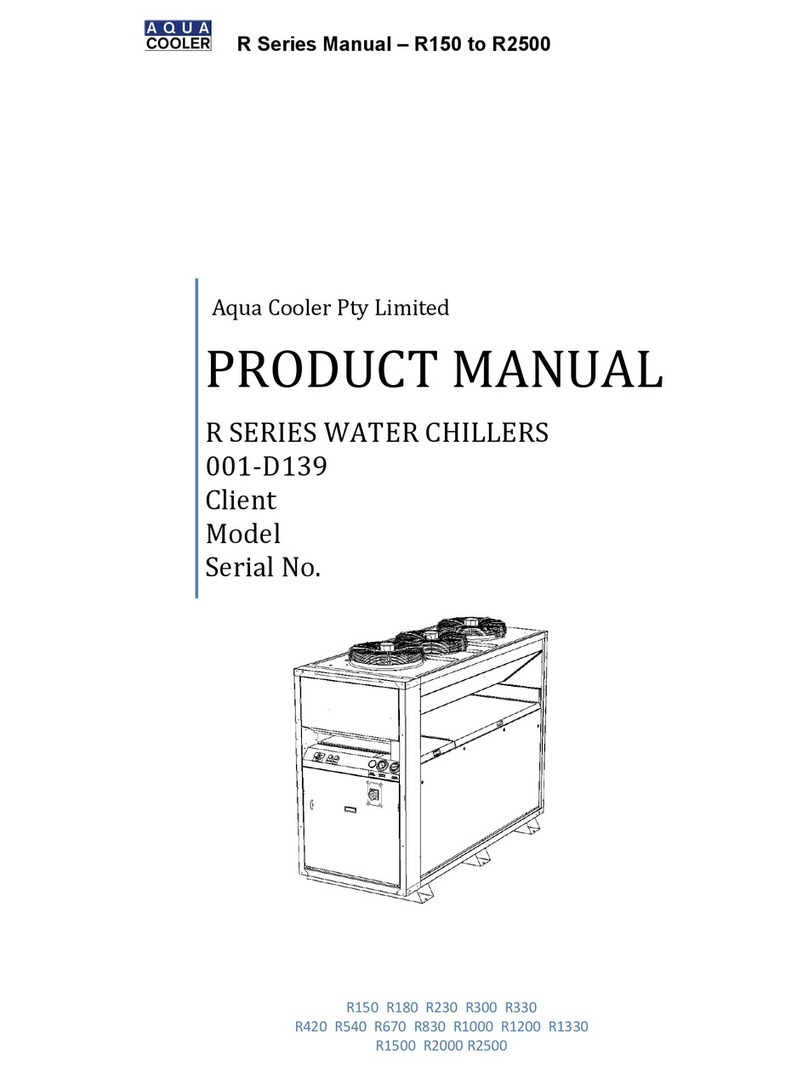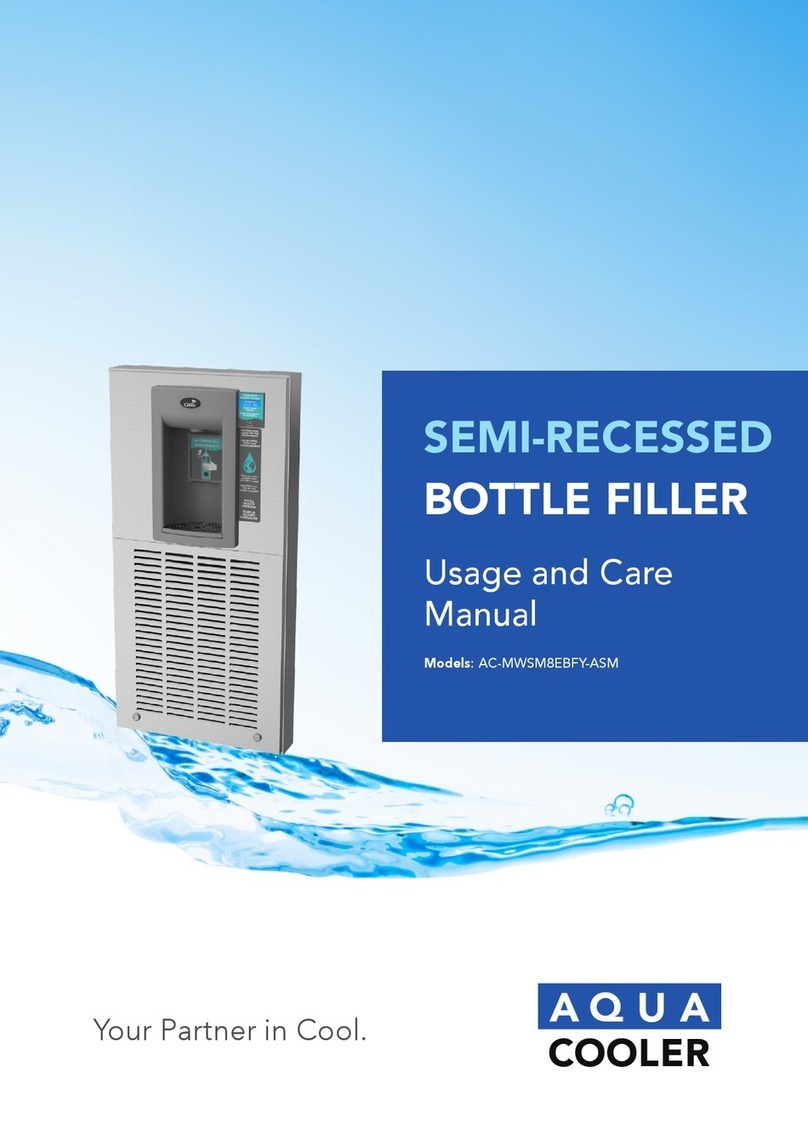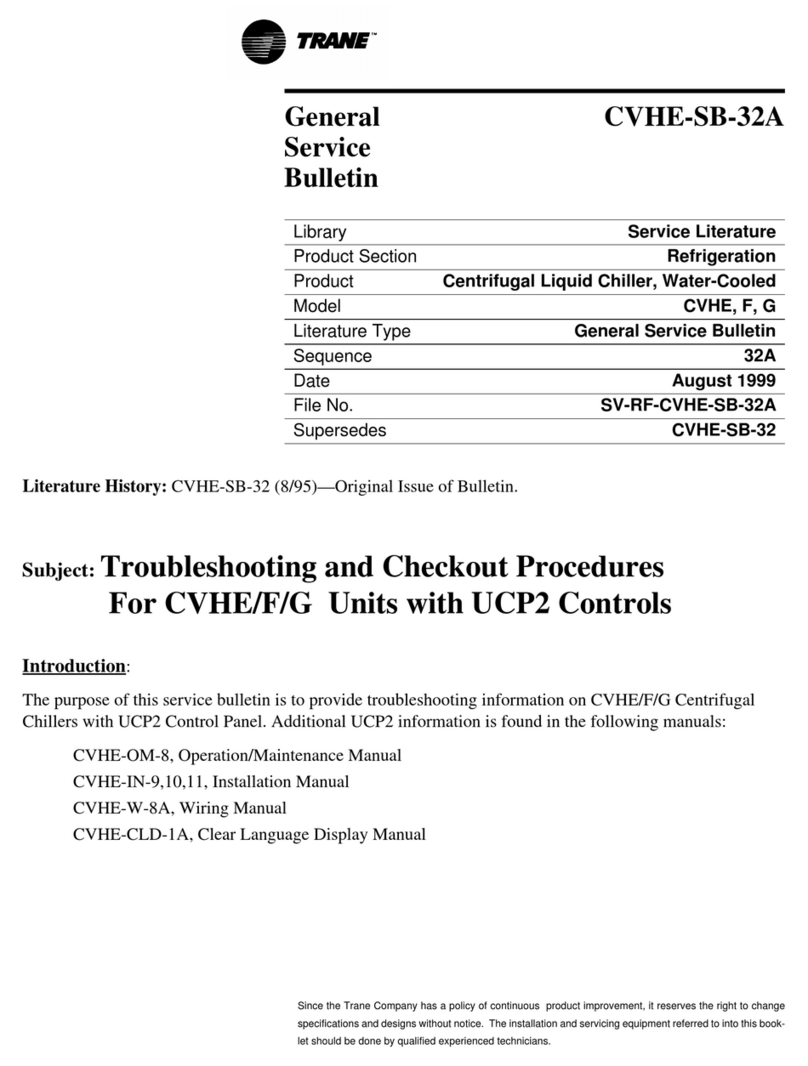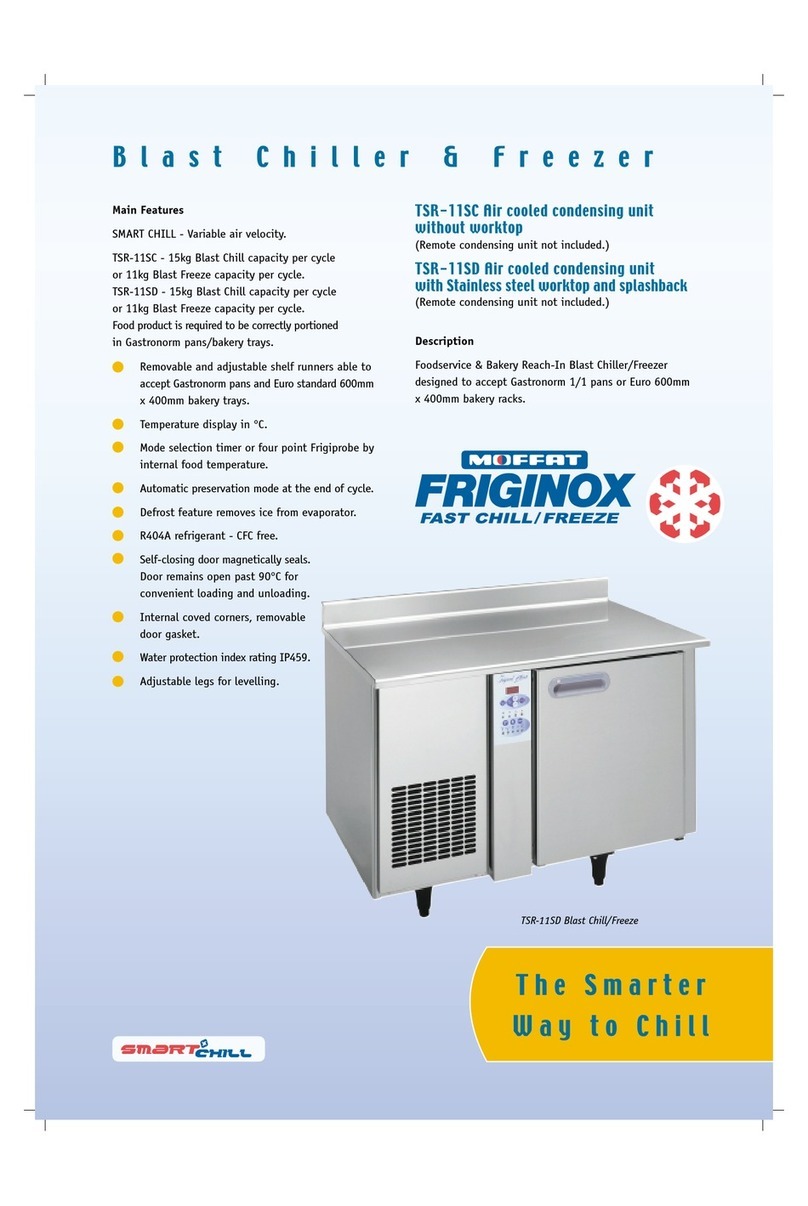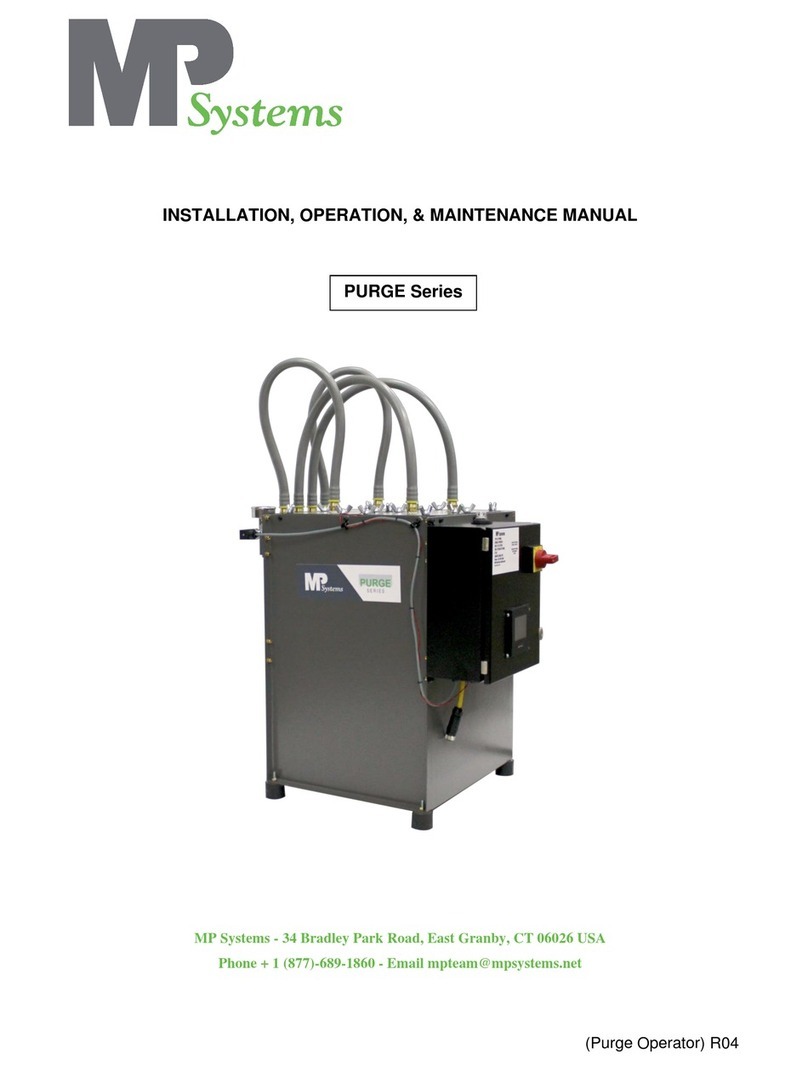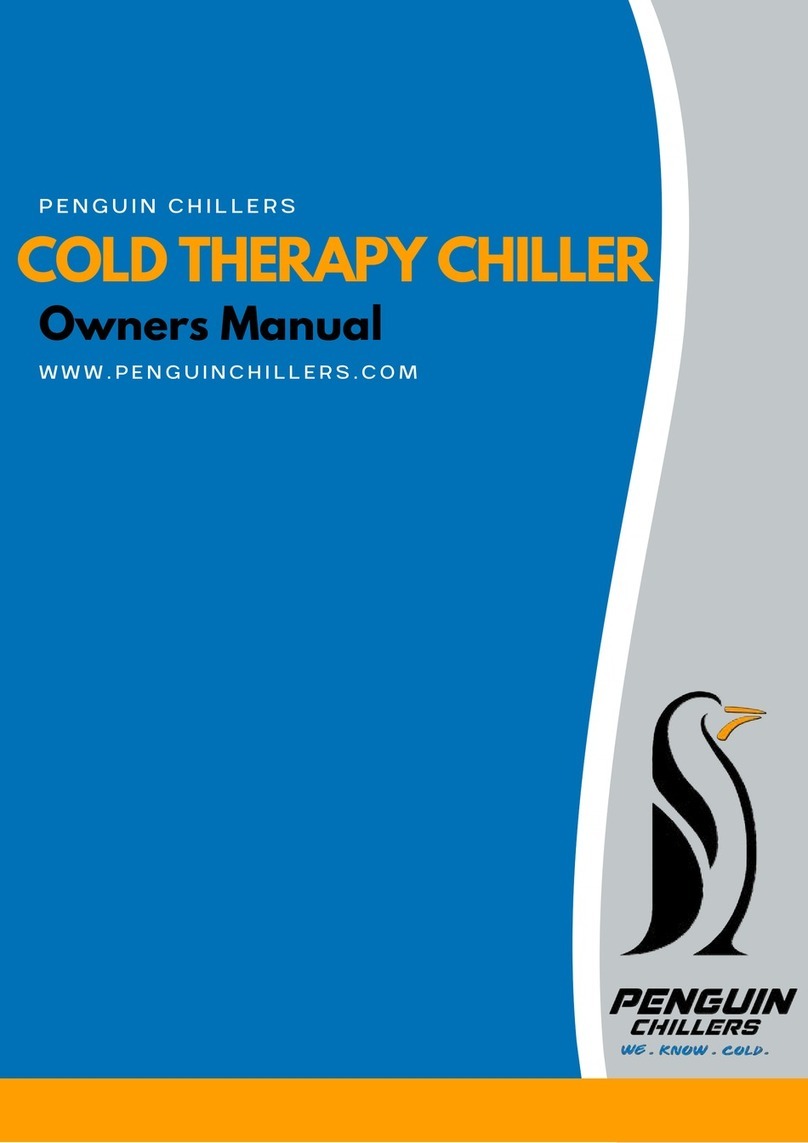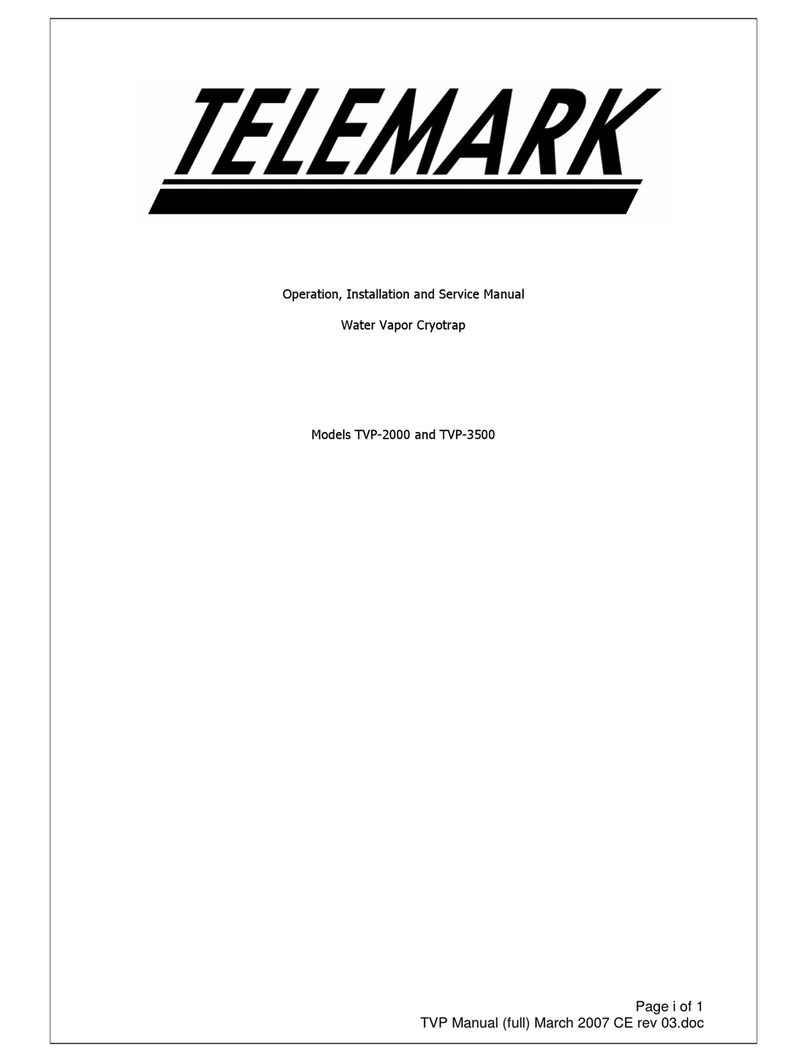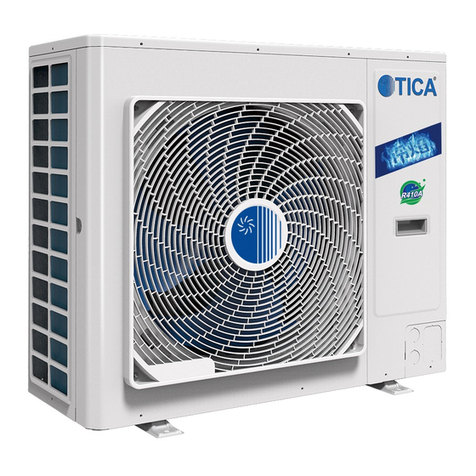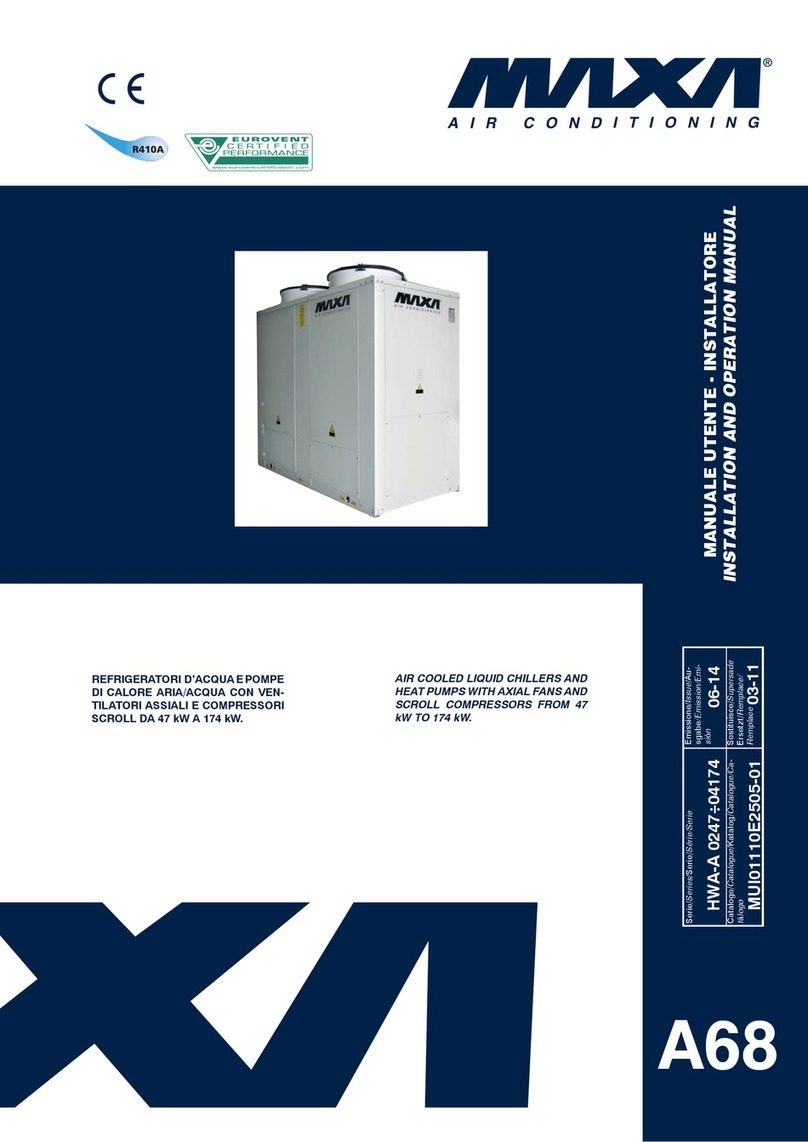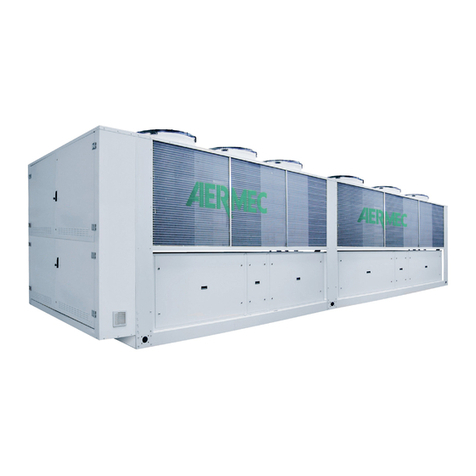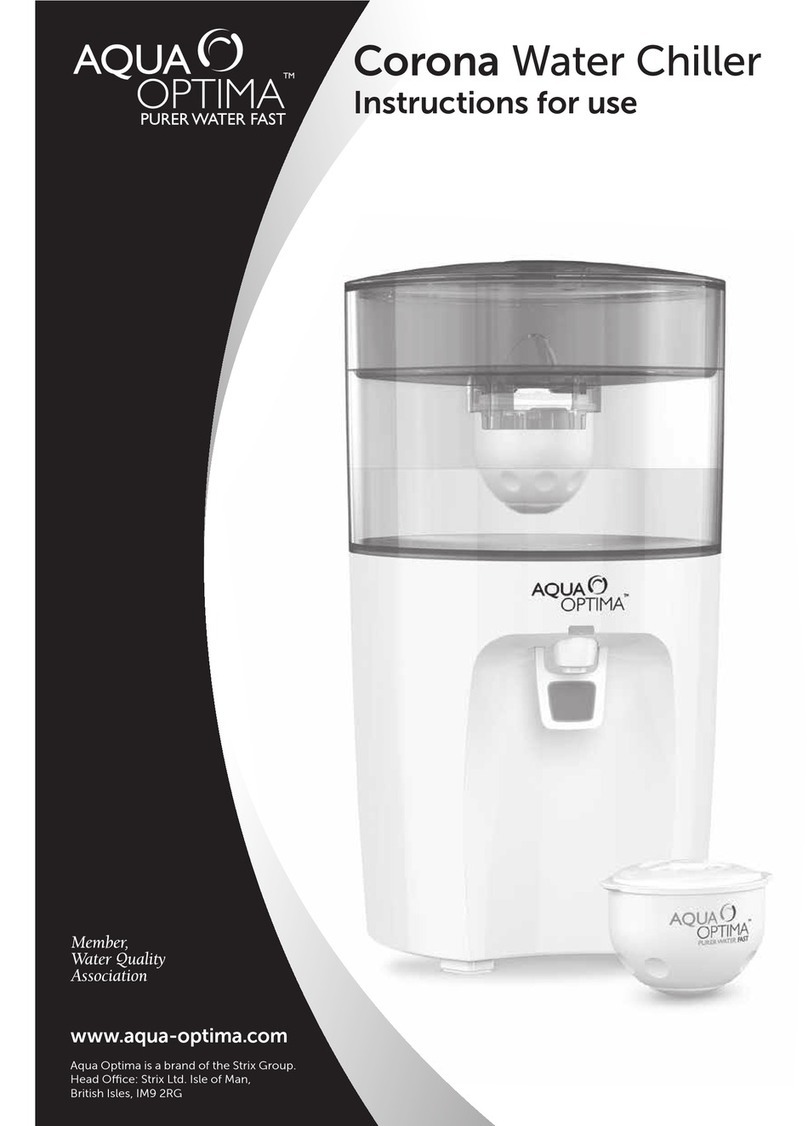Installation Guide for G Series Chillers Page 2
TABLE OF CONTENTS
Table of contents ................................................................................................................................................................ 2
Introduction ........................................................................................................................................................................ 4
Safety .................................................................................................................................................................................. 4
First Aid ........................................................................................................................................................................... 5
Installation Requirements ................................................................................................................................................... 6
Installation of the Water Path.......................................................................................................................................... 7
Water Connection Fittings by Model (Male BSPT).......................................................................................................... 7
Electrical Installation........................................................................................................................................................ 7
Preparations For Starting the Chiller .................................................................................................................................. 8
Operating sequence........................................................................................................................................................ 8
Operating Precautions........................................................................................................................................................ 9
Operation Panel.................................................................................................................................................................. 9
Commonly Used Interfaces ........................................................................................................................................... 10
Main Interface............................................................................................................................................................ 10
Alarm Interface .......................................................................................................................................................... 10
Function Menu........................................................................................................................................................... 11
Manufacturer Menu ................................................................................................................................................... 11
Starting the Chiller..................................................................................................................................................... 11
Setting the Temperature ........................................................................................................................................... 11
Shut Down the Chiller................................................................................................................................................ 12
Chiller SETTINGS .............................................................................................................................................................. 12
User Settings ................................................................................................................................................................. 12
Manufacturer Settings................................................................................................................................................... 12
Fault Details ...................................................................................................................................................................... 16
Troubleshooting................................................................................................................................................................ 17
Poor Heat Dissipation.................................................................................................................................................... 18
Low Refrigerant Level.................................................................................................................................................... 18
Normal Low and High Pressure..................................................................................................................................... 19
Compressor Not Starting .............................................................................................................................................. 19
Maintenance ..................................................................................................................................................................... 19
Recommended preventative maintenance program ................................................................................................. 19
Warranty ........................................................................................................................................................................... 20
General information.......................................................................................................................................................... 20
Typical Controller Block Diagram ..................................................................................................................................... 21
Installation Sketch Map of Air Cooled Chiller................................................................................................................... 22
Installation Sketch Map of Water Cooled Chiller.............................................................................................................. 23
Internal Structure Sketch Map of Air Cooled Chiller ........................................................................................................ 24
Internal Structure Sketch Map of Water Cooled Chiller ................................................................................................... 25
